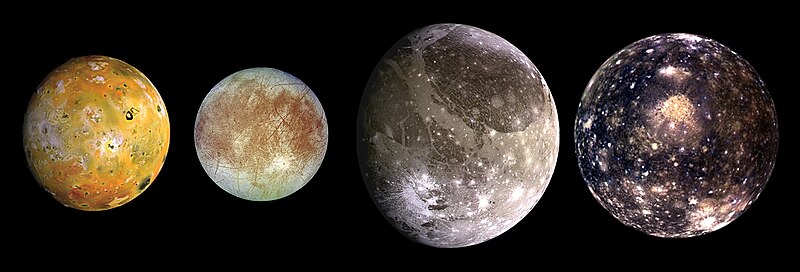Акс:Galilean satellites noborder.jpg

Андозаи ин пешнамоиш: 800 × 272 пиксел. Дигар кайфиятҳо: 320 × 109 пиксел | 640 × 217 пиксел | 1 870 × 635 пиксел.
Акси аслӣ ((1 870 × 635 пиксел, ҳаҷми парванда: 570 кбайт, навъи MIME: image/jpeg))
Таърихи файл
Рӯи таърихҳо клик кунед то нусхаи марбути парвандаро бубинед.
| Таърих | Бандангуштӣ | Андоза | Корбар | Тавзеҳ | |
|---|---|---|---|---|---|
| нусхаи феълӣ | 14:42, 6 май 2009 | 1 870 × 635 (570 кбайт) | Wknight94 | Slightly larger file size. More meta information perhaps? | |
| 13:31, 14 феврали 2007 | 1 870 × 635 (534 кбайт) | FrancisTyers~commonswiki | Image:Galilean satellites.jpg with the borders removed |
Пайвандҳо
Саҳифаҳои зерин ба ин акс пайванданд:
Истифодаи саросарии парванда
Викиҳои дигари зерин ин файлро истифода мекунанд:
- Истифода дар fr.wikipedia.org
- Истифода дар ru.wikipedia.org
- Истифода дар vi.wikipedia.org



